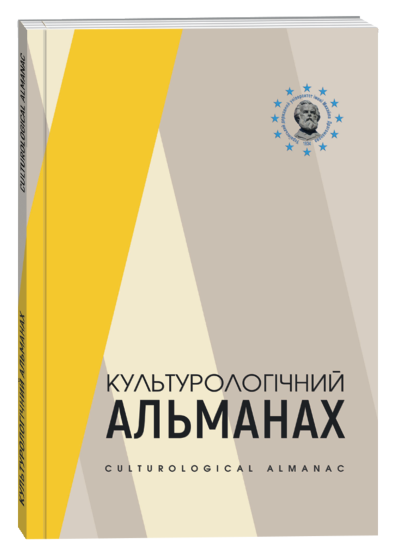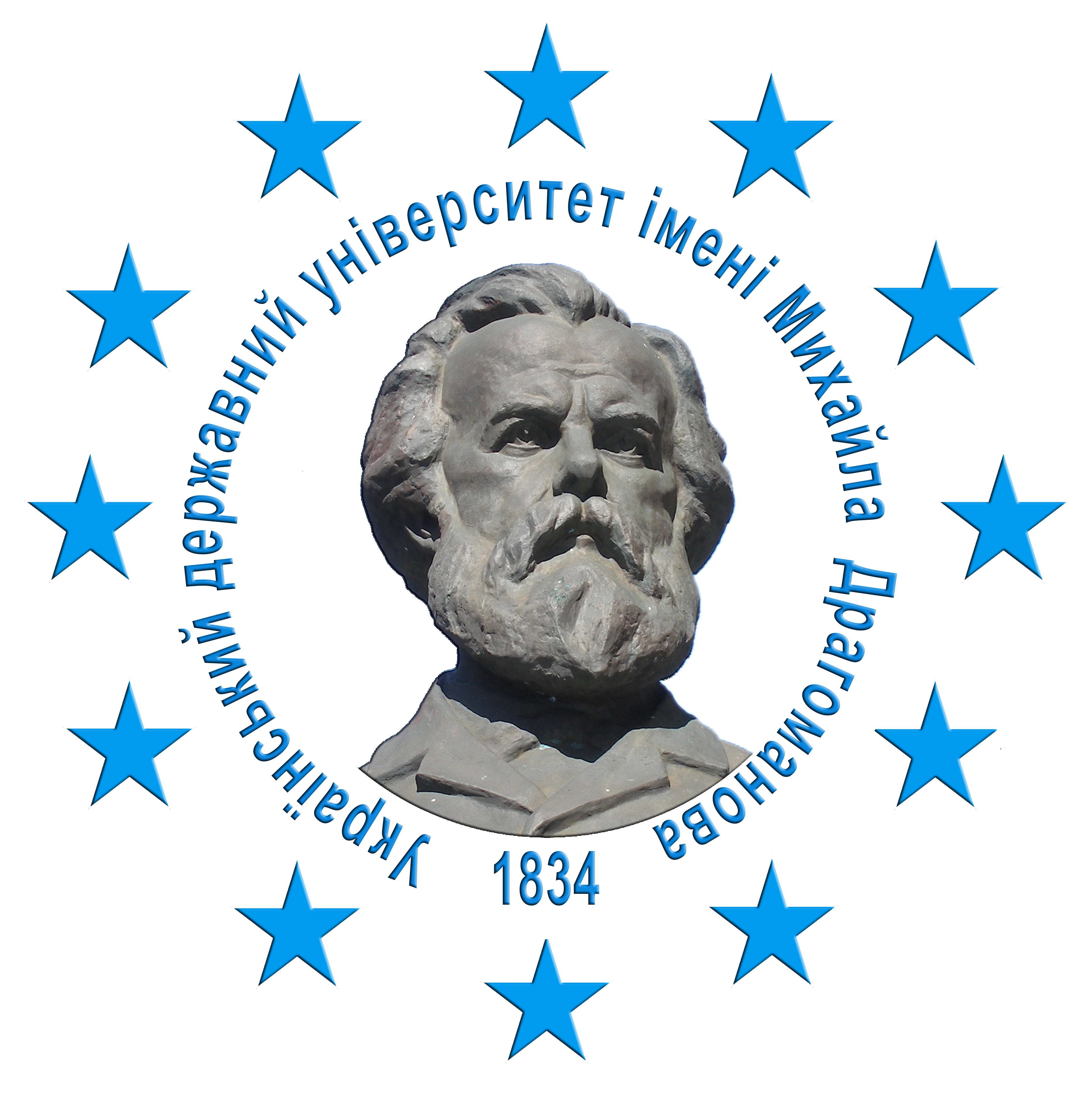ACTIVITIES OF REVOLUTIONARY COMMITTEES WITHIN THE UKRAINIAN GALICIAN ARMY (DECEMBER 1919 – MARCH 1920)
DOI:
https://doi.org/10.31392/cult.alm.2025.3.7Keywords:
UGA, CHUGA, Secret Board of Elders, UNR, ZOUNR, S. Shukhevych, E. Petrushevych, M. Tarnavsky, Good Army, Red ArmyAbstract
The article reconstructs the activities of revolutionary committees with the Ukrainian Galician Army (UGA) during the period of coexistence with the Red Army. In the process of writing the article, the principles of objectivity and historicism were used. Methods of analysis, synthesis, historical reconstruction, prosopographic and comparativehistorical methods of scientific research were also used. In the course of the work, the activities of revolutionary committees within the UGA were recreated, reconstructed and analyzed. It is proven that during the period of the Ukrainian National Revolution and liberation struggles (1914–1923), representatives of the UGA fought for a united independent Ukrainian state. The union that was concluded with the Volunteer Army of the South of Russia in Zyatkivtsi did not have a political character and did not reflect the true national aspirations of the Galicians. It was a forced action committed by the leader of the Main Command of the Ukrainian Galician Army M. Tarnavsky under the influence of external and internal factors. It is analyzed that the secret Board of Officers of the UHA formed a Ukrainian political opposition to the officers, who sympathized with A. Denikin and was loyal to the Volunteer Army of the South of Russia. However, the structure of the organization in the UHA was not finally built and the political leadership was not formed. Contact with E. Petrushevych was not established and the reunion with the Active Army of the UNR did not actually take place. However, this was not the fault of the union. It tried to preserve the national pro-Ukrainian character of the UHA under the difficult conditions of the total offensive of the Bolsheviks and the typhus epidemic. The Revolutionary Committee of the Ukrainian Galician Army, created on its basis, managed to take care of sick soldiers who fell under the Bolshevik occupation. This helped to save their lives, preserve information about national struggles and continue the struggle for the Ukrainian state in a different direction. Its former members fought for the independence of Ukraine in the interwar period in the ranks of the Ukrainian People’s Army, the Ukrainian National Liberation Army, or defended Ukrainians in political trials in courts (S. Shukhevych). And the negotiations and attempt to conclude an alliance of the Ukrainian Galician Army with the Active Army of the UNR indicate the groundlessness of the claims that M. Tarnavsky’s transfer of the Galician military forces to the Volunteer Army of the South of Russia was a denunciation of the Act of Union. It was traced that in order to conduct negotiations with the Red Army on the basis of the Political Department of the Ukrainian Galician Army, the Main Revolutionary Committee of the Ukrainian Galician Army was formed. The Revolutionary Committee of the CHUGA also formed its own counterintelligence system among the Bolsheviks. It is proven that the Revolutionary Committee of the CHUGA continued to maintain contacts with the rebel detachments and representatives of the Active Army of the UNR. Thus, despite the political situation formed by the leaders of the National Struggles, the desire to create a single united Ukrainian state was always maintained among the Galicians and the Dnieper region. The activities of the Board of Elders are part of the struggle for a common state during the Ukrainian National Revolution of 1914–1923.
References
Алиськевич, М. (1933). Пів року з більшовиками. Літопис Червоної калини. Ч. 9 С. 21–23.
Бойда, А. (2022). «Галицький слід» у створенні СРСР. Збірка матеріалів IV Міжнародної наукової конференції студентів і молодих вчених «Травневі студії 2022: історія, міжнародні відносини», присвяченої 85-річчю Донецького національного університету імені Василя Стуса і факультету історії та міжнародних відносин Донецького національного університету імені Василя Стуса. С. 164–167.
Бойда, А. (2022). Причини фізичної ліквідації Василя Івановича Порайка в 1937 р. Сіверянський літопис. № 4. С. 99–114.
Гірняк, Н. (1959). Останній акт трагедії Української Галицької Армії. Нью-Джерсі: Видання українського військово-історичного інституту у США. 285 с.
Денник Начальної Команди Української Галицької Армії. Нью-Йорк: «Червона калина» українська видавнича кооператива, інк., 1974. 325 с.
Завальнюк, О. (2013). Українська галицька армія на Поділлі (липень 1919 – травень 1920). Кам’янець-Подільський: ПП «Медобори-2006». 292 с.
Кох, Г. (1930). Договір з Денікіном (від 1. до 17. листопада 1919 р.). Львів: Видавнича кооператива «Червона калина», 1930. 55 с.
Кравс, А. (1937). За українську справу. Спомини. Львів: Видавнича кооператива «Червона калина», 1937. 99 с.
Микитюк, Д. (1976). Останній кривавий бій. У 50-річчя її участи у визвольних змаганнях в 1918–1919 (матеріали до історії). Том V. Вінніпеґ: Видав хорунжий УСС Дмитро Микитюк, С. 109–111.
Найдюк, Р. (2024). Участь Василя та Івана Сірків у процесах утворення КПСГ та реорганізації ЧУГА в 1919–1921-му рр. Актуальні питання у сучасній науці. 2024 № 11(29) С. 1293–1304.
Паліїв, Д. (1930). На чисту воду, З моїх споминів (докінчення). Літопис Червоної Калини. Ч. 7–8. С. 12–13.
Соколовъ, К. (1921). Правленіе генерала Деникина (изъ воспоминаний). Софія: Россійско Болгарское книгоиздательство, 290 с.
Солдатенко, В. (2010). Україна в революційну добу: Іст. есе-хроніки. У 4-х т. Т. IV. Рік 1920. Київ, Світогляд, 2010, 442 с.
Сохоцький, І. (1976). Як ми стали большевиками. 50-річчя її участи у визвольних змаганнях в 1918–1919 (матеріали до історії). Том V. Вінніпеґ: Видав хорунжий УСС Дмитро Микитюк, С. 62–65.
Тарнавський, М. (1992). Спогади. Львів.: Вечірня година, 163 с.
Центральний державний архів вищих органів влади та управління України.
Цьокан, І. (1921). Від Денікіна до більшевиків. Фраґмент споминів з Радянської України. Відень: Видання «Українського Прапору», 1921. 19 с.
Шухевич, С. (1929). «Спомини». Частина IV. Від січня 1920 до квітня 1920. Львів: Видавнича кооператива «Червона калина», 164 с.
Шухевич, С. (1930). Полковник У. Г. А. Альфред Шаманек. В десяті роковини смерти. Літопис Червоної Калини. Ч. 6. С. 3–5.









